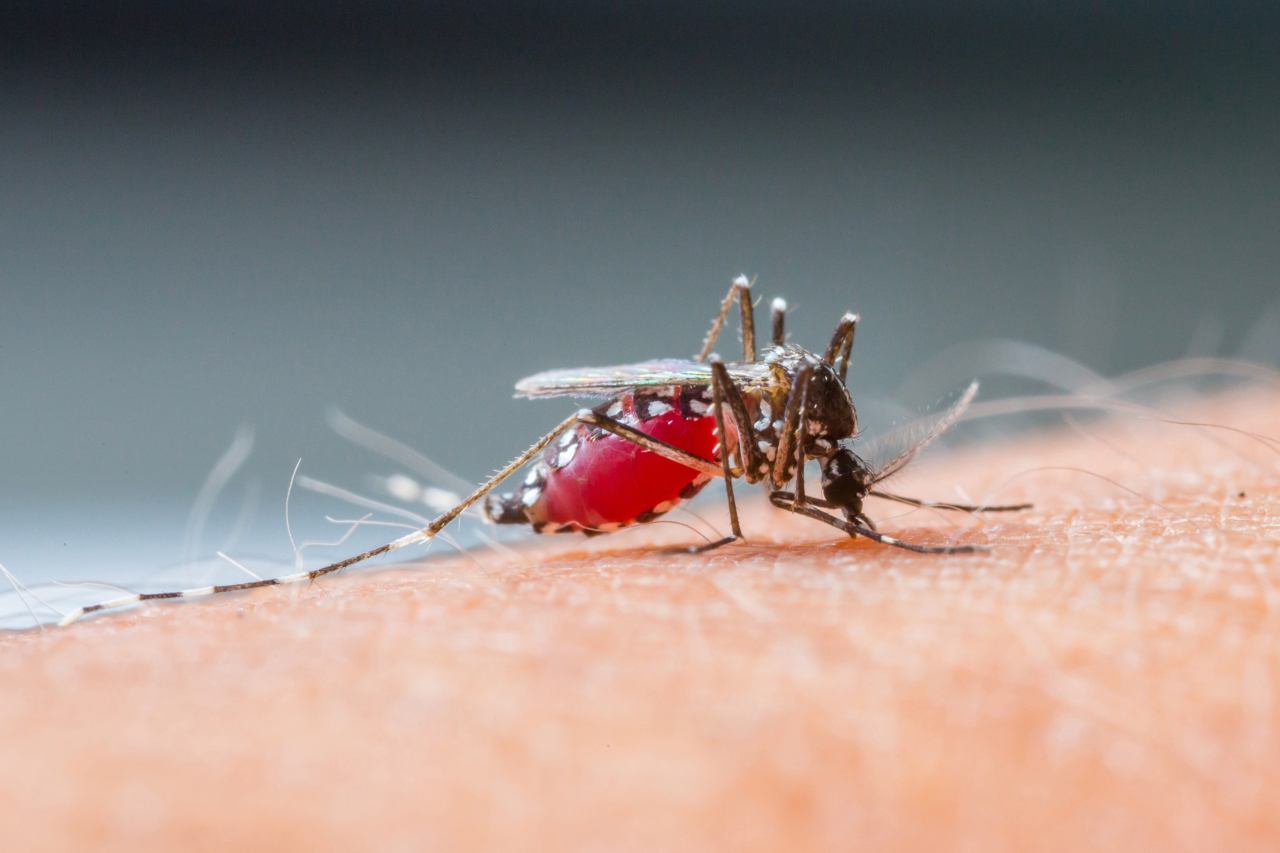Malaria on the rise in Korea
Long sleeves, insect repellent, mosquito screens and nets helpful to prevent getting malaria: experts
By Park Jun-heePublished : Aug. 15, 2023 - 14:18

Fears of malaria are growing in South Korea as the country is seeing an increase in the mosquito-borne disease.
According to data from the Korea Disease Control and Prevention Agency’s Infectious Disease portal, a total of 509 cases of malaria have been reported so far this year. The figure amounts to a nearly fourfold increase compared to last year, when 193 malaria cases were reported during the first seven months of the year.
The number of total malaria cases here has not gone beyond 700 since 2011, when the number of malaria patients stood at 782.
In part, the outbreak of the COVID-19 pandemic in 2020 disrupted malaria infections as social distancing measures were put in place that reduced contact between humans and outdoor biting malaria vectors. Females of the Anopheles mosquito genus host the malaria parasite and transmit it to humans via taking blood meals. A total of 385 cases were reported in 2020, fell to 294 in 2021 and increased to 420 in 2022.
But as nearly all pandemic restrictions have been lifted, people are now moving around more both indoors and outdoors and record monsoon rainfall followed by a heat wave created excellent conditions for mosquito larvae to grow, the health authorities estimate that 200 more malaria cases are likely be reported by the end of this year.
In March, the KDCA issued a nationwide malaria alert after the genes for the malaria parasite were identified in a mosquito in the Paju area northwest of Seoul.
Last month, data by the KDCA showed that the daily mosquito index for the 25th week of this year, which was June 18-24, stood at 7.1 and rose to 9.2 the following week. The index for the 26th week also increased 1.3 times from the same period last year and 2.5 times from the average of the previous five years.
The figures showed that the highest density of mosquitoes was in Incheon, Gangwon Province and the northern part of Gyeonggi Province -- all of which were designated malaria risk areas.
Symptoms of malaria start with shivering and chills and are later followed by a flu-like illness, with high fever, headache, muscle aches, extreme fatigue, nausea, vomiting, diarrhea and difficulty breathing, the KDCA explained.
To shield oneself from malaria, the KDCA advises wearing a long-sleeved shirt and pants if outdoors. Applying insect repellent to exposed skin, for example, is also recommended in outdoor situations such as while camping or fishing, as it effectively deters malaria-carrying mosquitos from biting.
Protecting homes by installing window screens that cover windows or roof spaces with material that prevents insects indoors from entering and sleeping under a mosquito net are also suggested. Using aerosol insecticides at home is recommended as they can quickly kill mosquitos, according to the KDCA.
Also, the KDCA advises people with malaria-like symptoms to seek professional medical care quickly as they could get severe and the disease can be fatal if untreated.






![[Weekender] How DDP emerged as an icon of Seoul](http://res.heraldm.com/phpwas/restmb_idxmake.php?idx=644&simg=/content/image/2024/04/25/20240425050915_0.jpg&u=)



![[KH Explains] No more 'Michael' at Kakao Games](http://res.heraldm.com/phpwas/restmb_idxmake.php?idx=644&simg=/content/image/2024/04/28/20240428050183_0.jpg&u=20240428180321)







![[Herald Interview] Mistakes turn into blessings in street performance, director says](http://res.heraldm.com/phpwas/restmb_idxmake.php?idx=652&simg=/content/image/2024/04/28/20240428050150_0.jpg&u=20240428174656)
